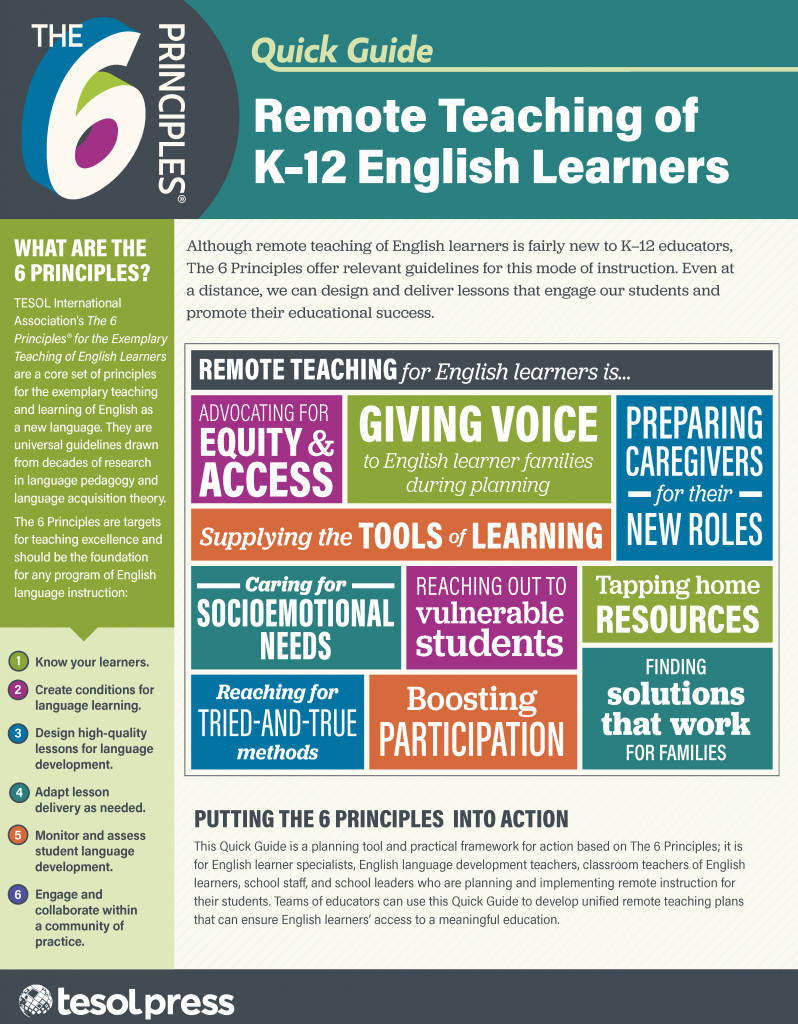
In the last decade, the number of Spanish speakers worldwide has increased by 30%, largely as a result of population growth in Latin America, and the number of learners of Spanish as a second language has grown by 60%, according to the 2020 edition of Spanish in the World, published by the Instituto Cervantes.
The yearbook records that more than 585 million people (7.5% of the world’s population) now speak Spanish, five million more than a year ago, of whom almost 489 million (six million more than in 2019) are native Spanish speakers. Spanish is also the second mother tongue by number of speakers after Chinese, and the third language in a global count of users after English and Chinese.
It is the third-most-used language online and the second, after English, in the publication of scientific texts.
Nearly a million visitors go to Spain to study the language for three main reasons: “the cultural experience, the climate, and the attractiveness of the country,” according to the report.
Luis García Montero, director of the Instituto Cervantes, said at the yearbook’s launch, “we work for a language with a true desire for coexistence, equality, and progress, which are the values that define our culture.“ Spain’s foreign minister, Arancha González Laya, made the point that that “culture will be one of the most important aspects of the post-COVID recovery.“ The 2020 yearbook, which is already on sale in bookstores, can be downloaded for free at https://cvc.cervantes.es/lengua/anuario/anuario_20/. This reference has been published for 22 years, and its demolinguistic reports help the institute to set strategies and choose priorities for action in its work of spreading Spanish language and culture worldwide.
Population Growth in Latin America
The 30% increase in Spanish speakers since 2010 is mainly due to the organic growth of the population in Latin America and the population growth of the Hispanic community in the U.S., which is double that of the rest of the U.S. population—62 million U.S. Americans (18.7% of the total population) are of Hispanic origin.
Much of the enormous increase (60%) in learners of Spanish as a foreign language over the last decade can be explained by the discovery of students that the institute was unaware of, especially in African countries such as Benin and Ivory Coast. Of the current 22,329,275 foreign students of Spanish counted, 37% are from the U.S., 28% from Brazil, and 24% from the European Union.
The yearbook predicts that the number of Spanish speakers will continue to grow “at a very good rate“ over the next five decades, after which (in 2068) a “slight and gradual decline” will continue until the end of the century, when 6.3% of the world’s population will be able to communicate in Spanish.
Language and Identity
The second section of the Yearbook is dedicated to the role of the Spanish language on its own and in its social identity. It addresses the relationship with the various languages with which it coexists: Guaraní in Paraguay, Chabacano in the Philippines, and Judeo-Spanish in Israel, as well as its situation in Equatorial Guinea, in the U.S., and, within Spain, in the bilingual region of Galicia. In the Guaraní section, Ladislaa Alcaraz de Silvero, Paraguay’s minister of language policy, explains through a video the peculiarities of the coexistence of this “language of colloquiality“ with Spanish, which is the “language of prestige and access to the world of work.“
Lastly, the yearbook reviews the situation of Spanish in Germany, Morocco, and India, language tourism in Spain, and academic book publishing in Spanish. Spanish: a living language: 2020 presents data on the Spanish language in all areas: demography, teaching and learning, internet and social networks, science and culture, international influence, economic value, and diplomatic presence. The full report (100 pages) is available at https://cvc.cervantes.es/lengua/espanol_lengua_viva/pdf/espanol_lengua_viva_2020.pdf.













